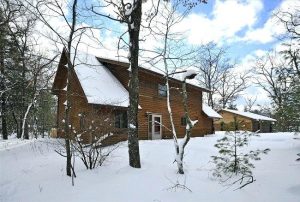As we all know, recreational marijuana is now legal in Canada. The law is set, but implementation and how policies and guidelines will impact our industry are yet to be determined. Generally, 30 grams for personal possession, basically an ounce baggie for those who might relate and up to 4 plants at home.
For realtors, mortgage brokers and their clients we are facing many months of the lenders sorting out their guidelines. If a borrower or seller voluntarily discloses they have been growing four legal marijuana plants, which should produce more than 30 grams, as a point of interest, how will the lenders, mortgage insurers and home insurers react?
Lenders:
As of today, many lenders do not have a policy. Some say yes four plants will be OK, some say case by case, and some say four plants will be a hard no. For the common existing house stigmatized as a “grow-op”, there are still very few lender options. We do have a couple of lenders for fully remediated grow-ops, and CMHC does consider those applications.
Mortgage Insurers:
CMHC says they will carry on the same as they have been. Genworth and Canada Guaranty are saying either, case by case or the policy will be determined shortly.
Home Insurers:
As or right now we have not been able to get any consistent information on this subject. However, home buyers and homeowners are encouraged to check with their provider for their policy information.
For those folks growing up to four plants and looking for financing, expect your clients to get mixed results from banks and many lenders. Some lenders are considering air quality tests, home inspections, statutory declarations and other means to determine if the home has been impacted or damaged by four plants. For now, we have identified willing lenders. CMHC will consider the applications.
Please contact your Jencor Mortgage Agent or me if your clients have any questions on how the new legalization laws affect their options or to avoid complications with four plant files.
Croft Axsen – Jencor Mortgage Corporation



